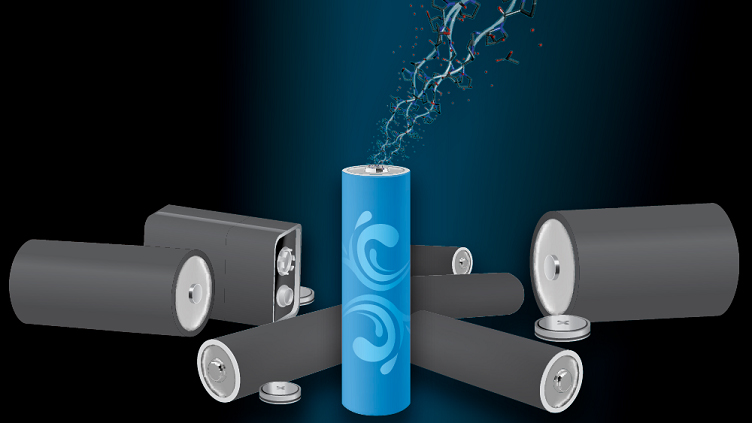|

05 April 2023
By Peter Brown
Water-based battery increases storage capacity 1,000%

The goal is to create a battery that will be free of
lithium and cobalt that are not only increasing in price but prone to
fires. Source: Texas A&M
Looking to find an alternative to lithium-ion batteries that contain
cobalt, researchers at Texas A&M University have discovered a 1,000%
difference in the storage capacity of metal-free, water-based battery
electrodes.
The goal is to find metal-free batteries due to cobalt and lithium
being outsourced and these raw materials increasing in price
substantially as electric vehicles become the model of choice among
automotive OEMs. Additionally, these lithium-ion batteries are also
more prone to fires.
“There would be no battery fires anymore because it's water-based,”
said Jodie Lutkenhaus, chemical engineering professor at Texas A&M.
“In the future, if materials shortages are projected, the price of
lithium-ion batteries will go way up. If we have this alternative
battery, we can turn to this chemistry, where the supply is much more
stable because we can manufacture them here in the United States and
materials to make them are here.”
This comes as AlixPartners reported that the average
raw materials costs for EVs increased four fold during the last
two years with materials such as cobalt, nickel and lithium have
increased in demand.
The insight echoes statements made by Stellantis CEO Carlos Tavares in
May that raw
material shortages are coming in the years ahead and could
jeopardize the transition of the automotive industry as it leaves
gasoline- and diesel-powered engines behind in favor of electrified
models.
Inside the water battery
The aqueous batteries consist of a cathode, electrolyte and an anode.
The cathodes and anodes are polymers that can store energy and the
electrolyte is water mixed with organic salts, which is key to ion
conduction and energy storage through its interactions with the
electrode.
“If an electrode swells too much during cycling, then it can't conduct
electrons very well, and you lose all the performance,” Lutkenhaus
said. “I believe there is a 1,000% difference in energy storage
capacity, depending on the electrolyte choice because of swelling
effects.”
These redox-active, non-conjugated radical polymers are promising
candidates for metal-free batteries due to the polymers’ high
discharge voltage and fast redox kinetics. The research team used
simulations to give insights into the microscopic molecular-scale
picture of the structure and dynamics.
“Theory and experiment often work closely together to understand these
materials,” said Daniel Tabor, chemistry assistant professor at Texas
A&M. “One of the new things that we do computationally in this paper
is that we actually charge up the electrode to multiple states of
charge and see how the surroundings respond to this charging.”
The next steps involve expanding the simulations to future systems and
to get a better molecular level picture of what makes some battery
electrodes work better than others.
The full research can be found in the journal Nature
Materials.
Green Play Ammonia™, Yielder® NFuel Energy.
Spokane, Washington. 99212
www.exactrix.com
509 995 1879 cell, Pacific.
exactrix@exactrix.com
|